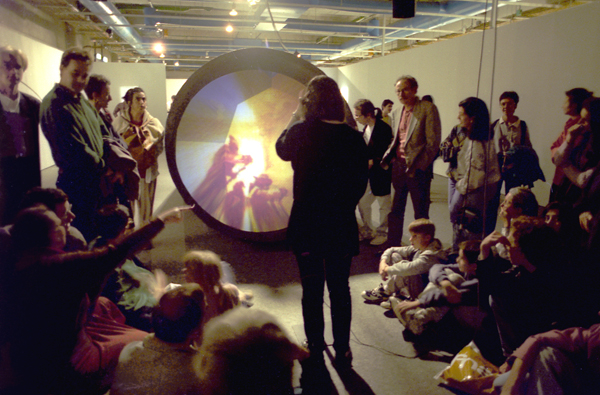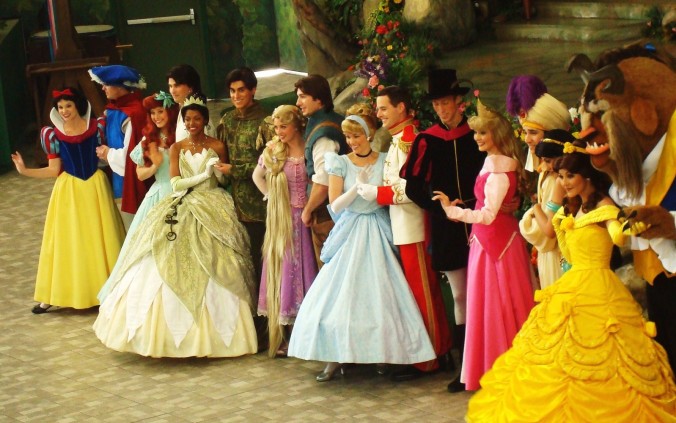Since there were no set readings for this week I get to talk about one of the readings from my annotated bibliography regarding Project Brief 4, which is pretty cool. For Project Brief 4 our group received the topic “Narratives & Texts” which is a pretty broad category but within a day we’d already chosen our intended topic: the representation of women in Disney princess films. Which to a lot of people sounds like a really lame topic, but was actually super interesting, especially for me since i’d never really watched many Disney films as a child.
Haseenah Ebrahim the writer of the article has a lot of experience with Disney films, and peoples interpretations of them, as she teaches an undergraduate course on the subject. Ebrahim explains in her article that many students would arrive at the lecture and expect character, plot and stylistic analysis and would often be ‘taken aback’ at the historical, sociological, and theoretical framing and analysis that Ebrahim taught.
She raises an interesting point in the article, stating that: ironically the texts which are the most influential to developing humans: childhood texts, are often considered to be the least important to analyse. Ebrahim found that a lot of her students scoffed at the idea of taking such films ‘seriously’, which only motivated her more to investigate the potential impact these texts are having.
Ultimately Ebrahim found that Disney texts often:
“inscribe middle age as a time of treachery, consumption and anger in the feminine life cycle (Ebrahim, 2014).”
Through their portrayal of characters such as Snow White and the Seven Dwarfs’ Wicked Queen, Sleeping Beauty’s Maleficent, Cinderella’s Lady Tre- maine, 101 Dalmatians’ Cruella de Vil, and The Little Mermaid’s Ursula. These older female characters are often portrayed as hideously ugly witches who are vain, selfish or competitive, and are often intent on killing or destroying the younger, prettier female character: the princess, purely out of spite or jealousy.
“since the ‘Classic’ Disney films of the 1940s and 1950s there has been an gains of the protagonists in children’s films while the age of the viewing audience has remained the same” therefore “children may be learning that the best things for them to do is to grow up as quickly as possible” (Ebrahim, 2014).
Recently this epidemic of young children acting, looking and dressing older has become more apparent. With the most horrifying element of this realisation being: that young children acting older is often prompted by the lifestyle being marketed and sold to them through large corporations that produce children’s media and texts.
The Disney Princess remains an outdated stereotype, that hasn’t changed dramatic until recently in films such as Brave or Rapunzel, which give the female characters less stereotypical roles.
However Ebrahim (2014) states that “(within Brave) the girl-heroine has been transformed into a boyish young woman who in many ways – although not entirely – embodies what Lissa Paul labels “hero[es] in drag” – that is, “female characters who take on traditionally male characteristics in an attempt to subvert the kinds of traditional female roles the first and second wave Disney princesses have taken on.”
This is troubling to realise, as one would hope that Disney could make a well rounded ‘strong’ female character, rather than simply turn the female character into a stereotypically male character and call that a ‘nod to the current times’.
Catch you later,
Louise Alice Wilson
References:
Ebrahim, H. (2014). Are the “boys” at Pixar afraid of little girls? Journal of Film and Video, 66(3), 43-56.










Recent Comments